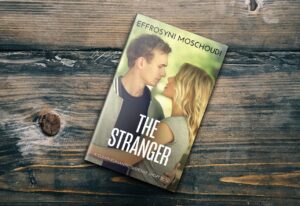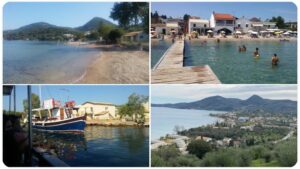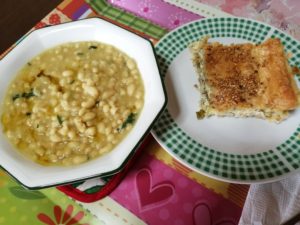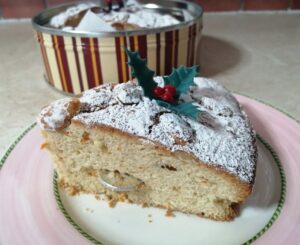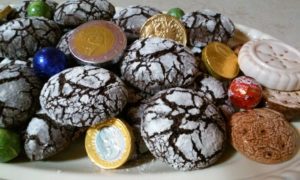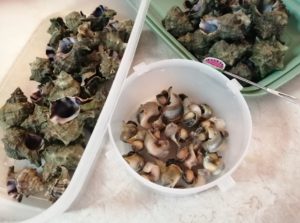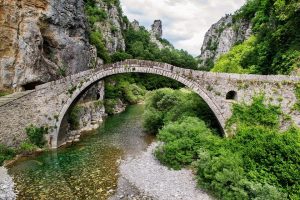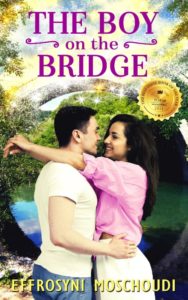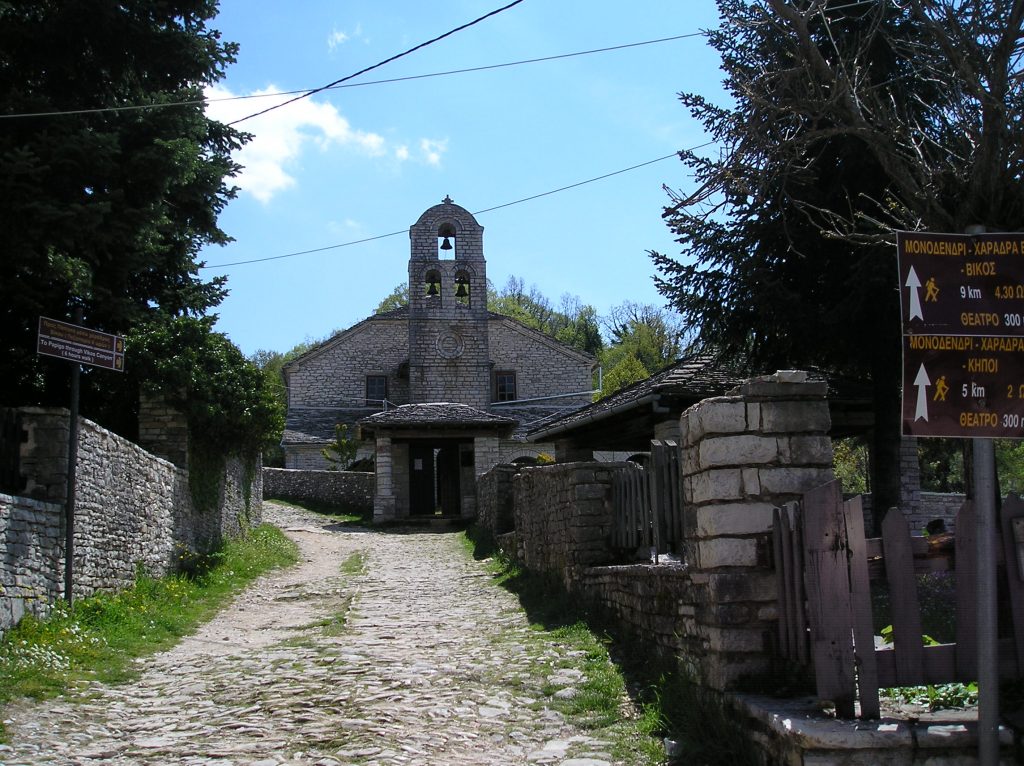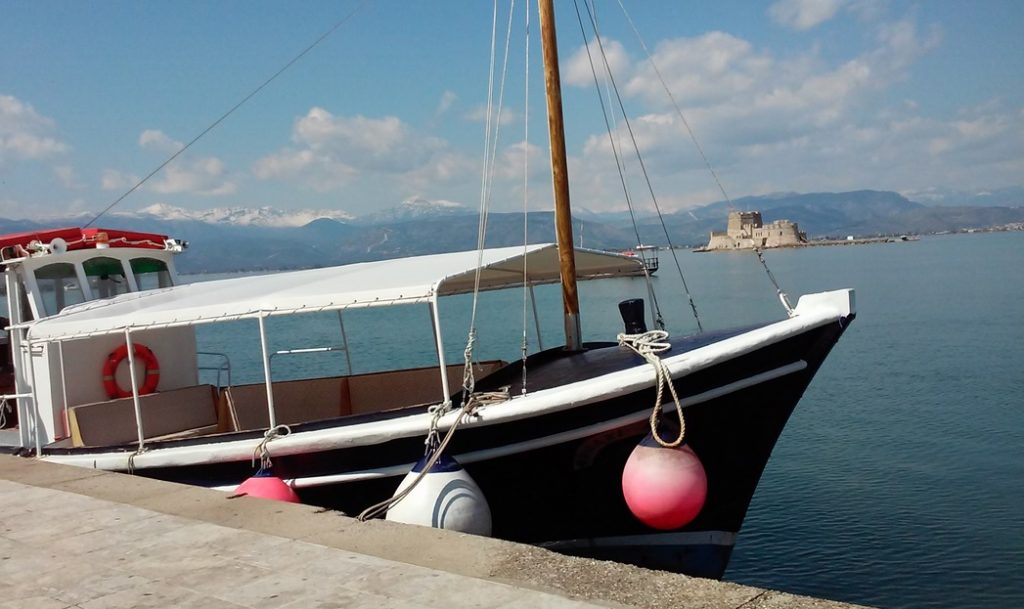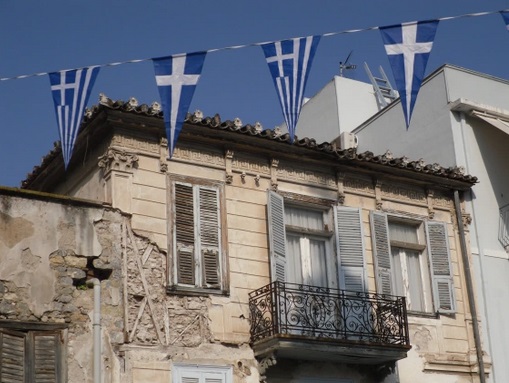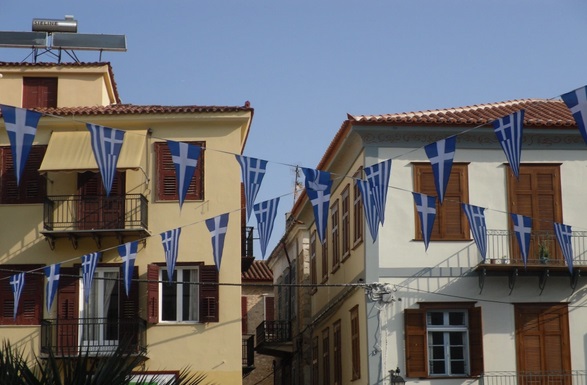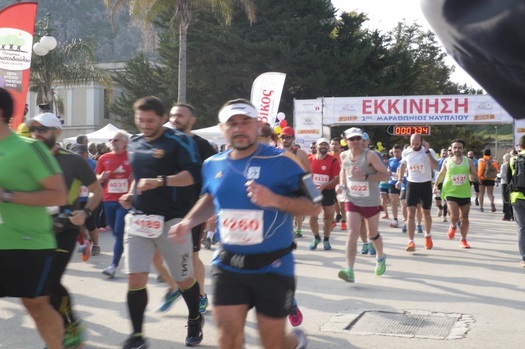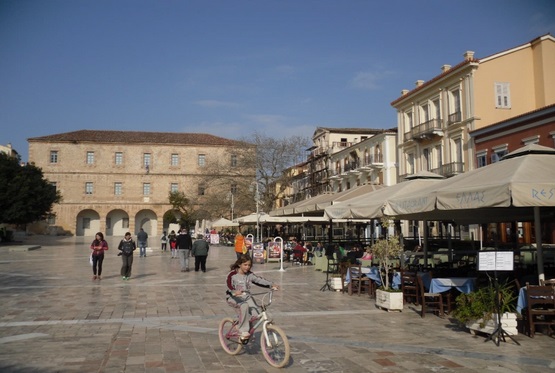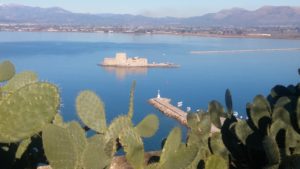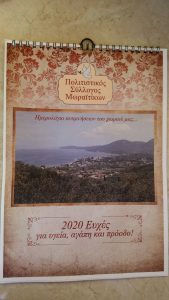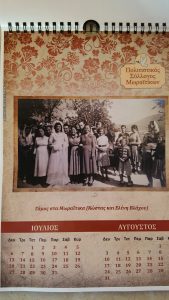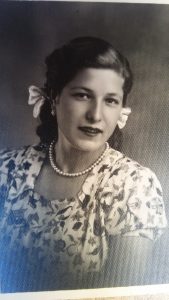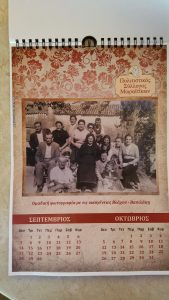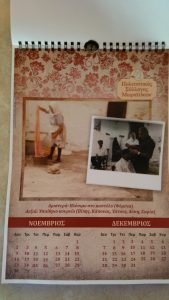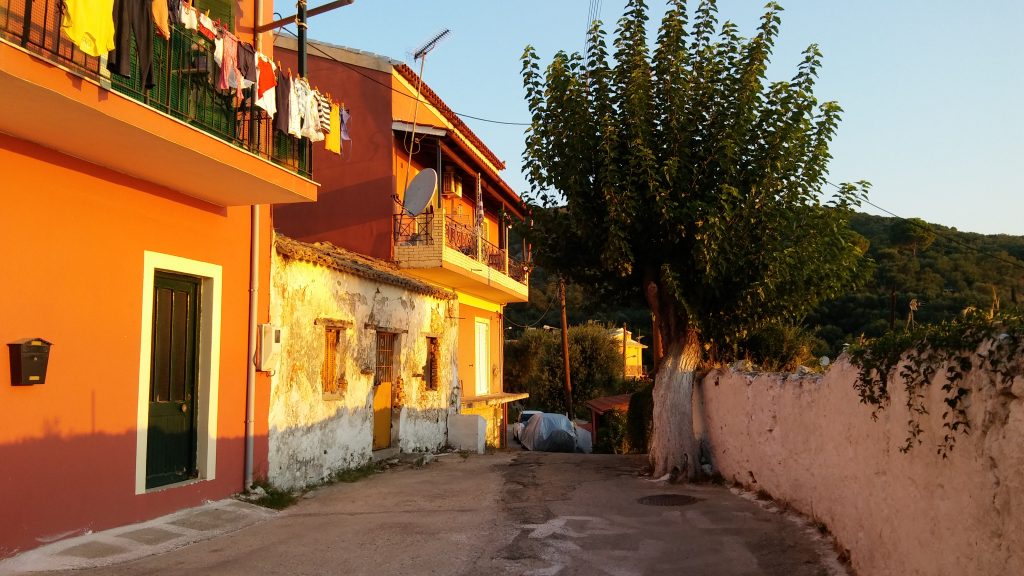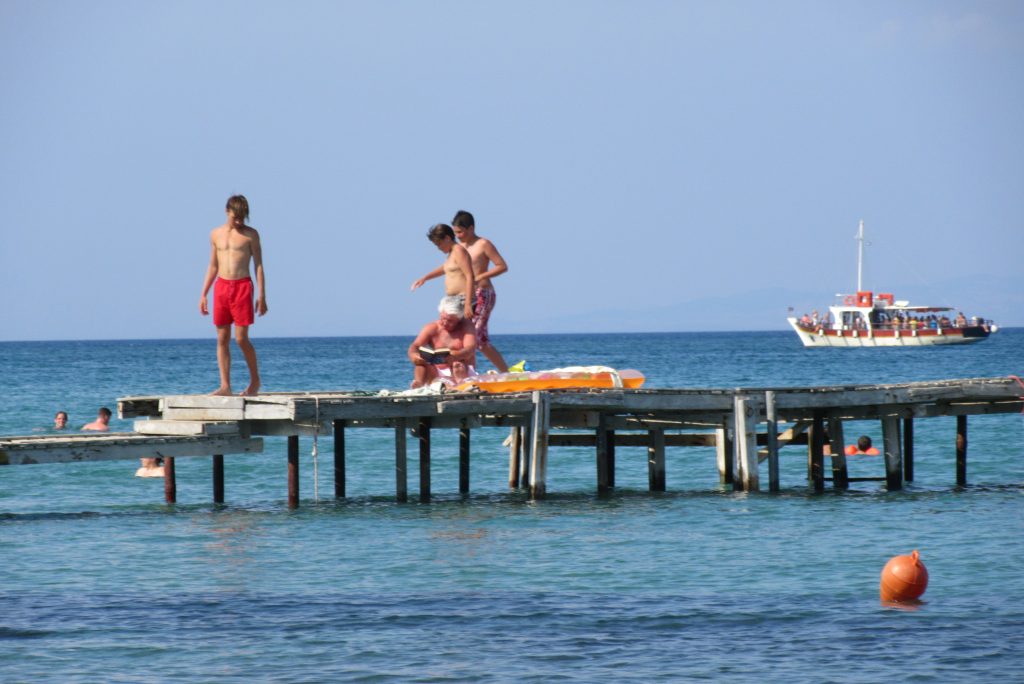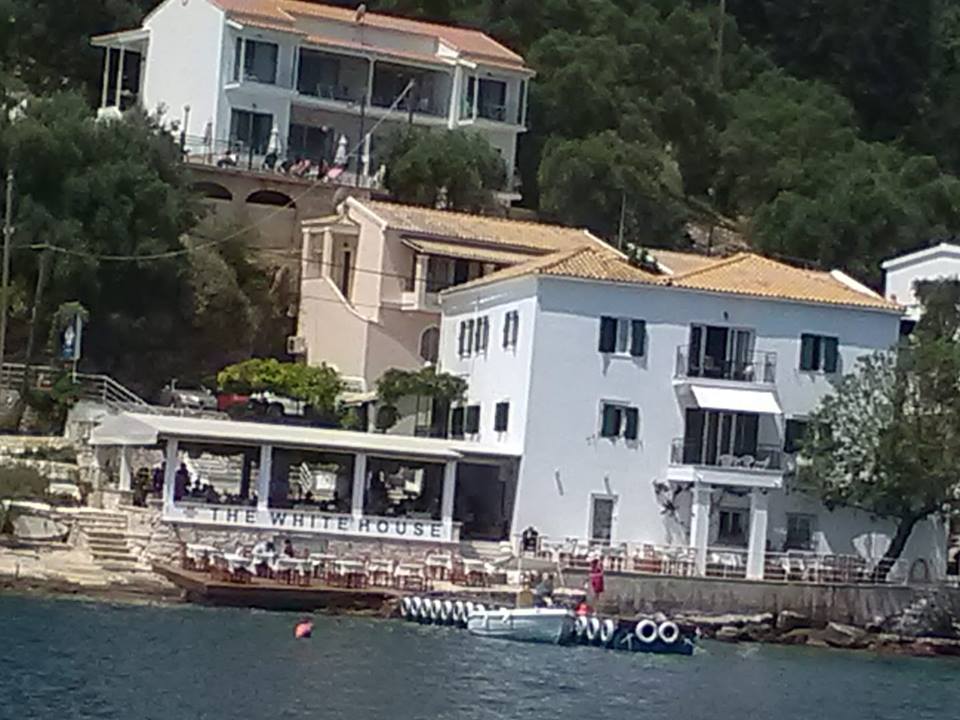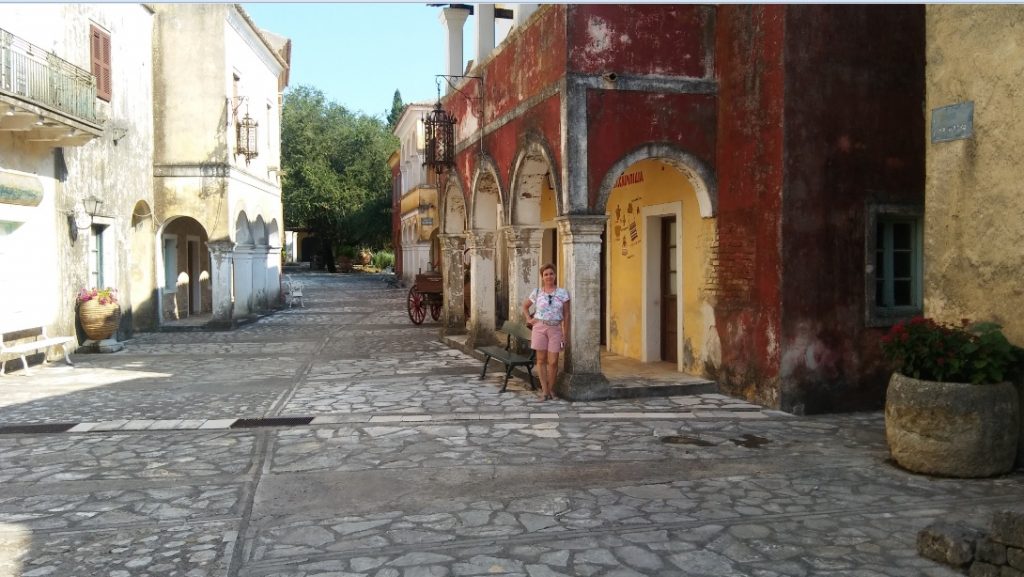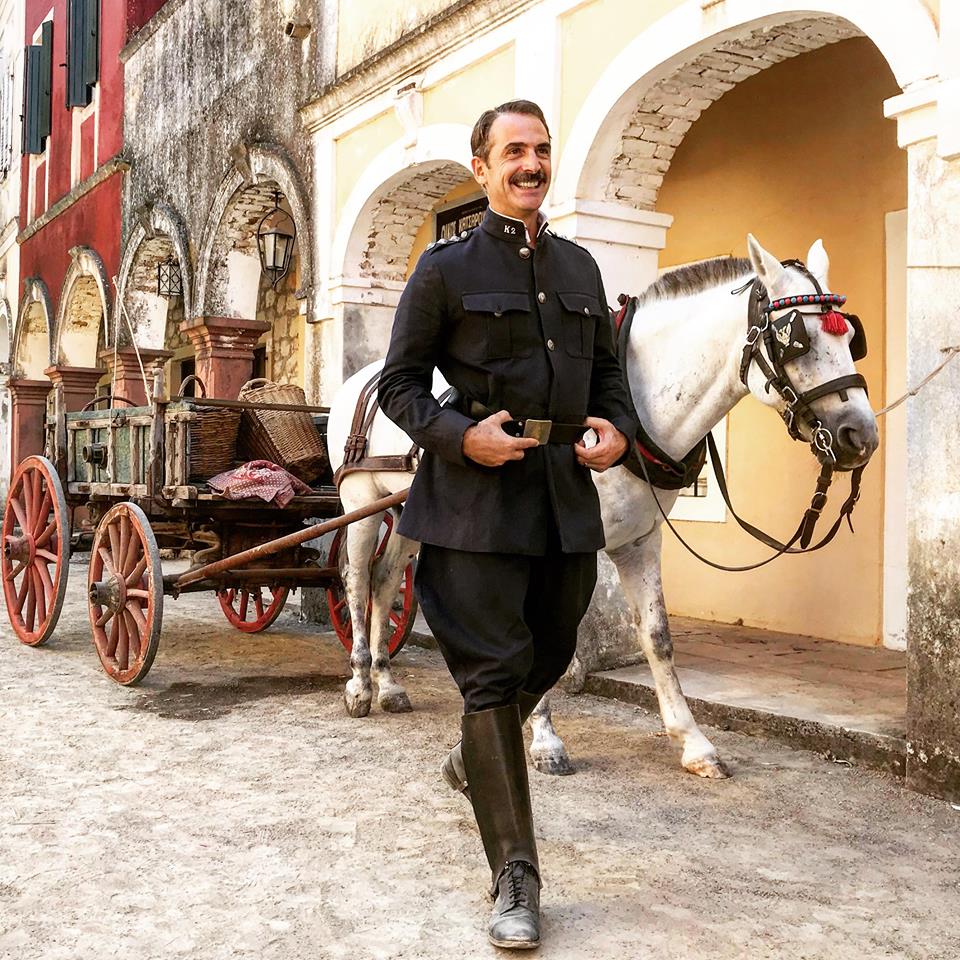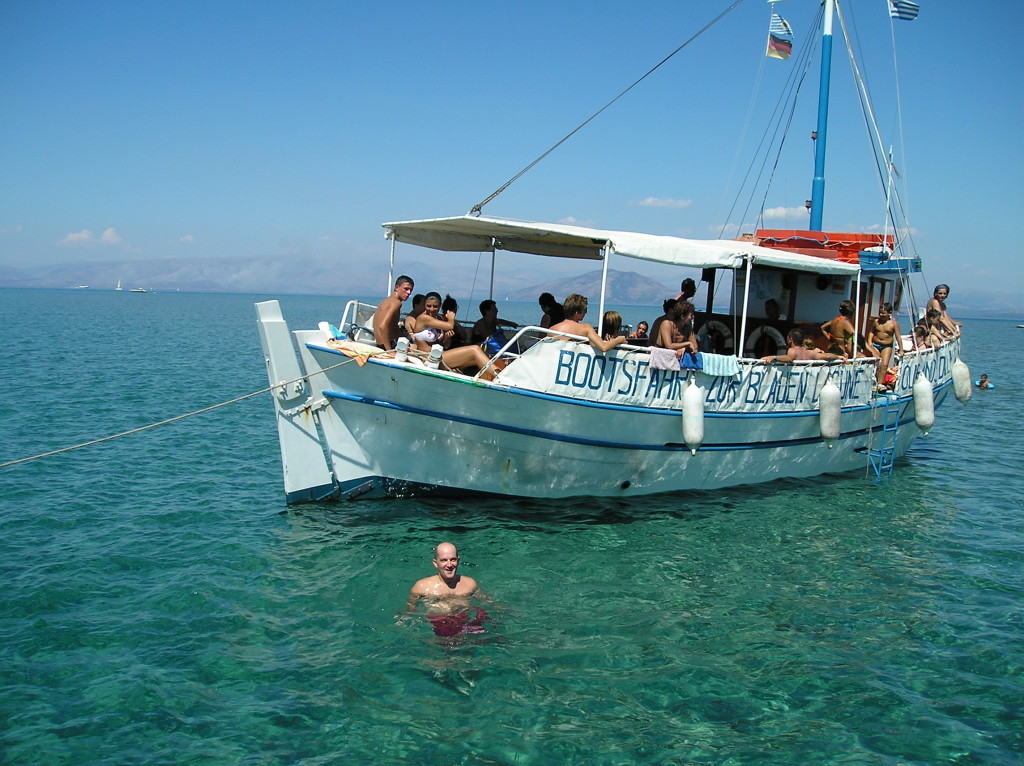
This is salt-cured cod – the traditional food for the 25th of March in Greece, and the one thing I could never serve on my table, even if Greek custom dictates it! Growing up, March 25th has always been a bit of a drag around lunchtime. My mother would be busy battering and frying salt-cured cod (we call it ‘bakaliaros’), and I’d be just as busy behind her back fake-gagging and pulling faces, since even the smell attacked my senses. I was not looking forward at all to the time I’d be asked to eat the fried fillet pieces on my plate.
And because I’d refuse to eat them, I’d wind up having only half a meal – the weeds (dandelions or beetroots with their greens) and, of course, garlic dip (skordalia) with fresh bread to dunk in.
Since I loooove greens and skordalia I wasn’t too put out, I guess!
Nothing’s changed since then, as far as my tastes go. Like every other year, I’m having unsalted cod today with my skordalia, thank you very much 🙂
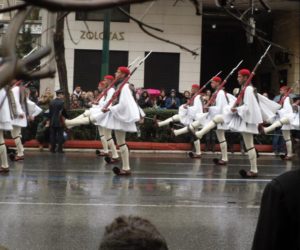
March 25th is a unique Greek holiday – being both a religious one and a national one! So it’s a two-in-one kind of affair that is celebrated in every home with a patriotic spirit… and salted-cod, of course.
On this day, the Greeks commemorate the War of Independence from Ottoman rule after no less than 400 years of slavery. I guess this explains why the Greeks are so resilient, huh!
Athens celebrates with a huge military parade which I’ve had the pleasure to attend a few times over the years. Always a thrill, especially when the Tsoliades (the Presidential Guard) pass by in their traditional uniforms, striking one foot down so forcefully it feels like the earth is shaking. The result creates rippling vibes of patriotic pride to rise into the air. The memory brings a lump to my throat just thinking about it!
CHECK OUT THIS POST ABOUT THE ‘EVZONES’ – THE GREEK PRESIDENTIAL GUARD. YOU WILL SEE PHOTOS FROM THE ATHENS PARADE AND A VIDEO OF THE EVZONES. UNMISSABLE STUFF, IF YOU LOVE GREEK CULTURE!

Image copyright: makisgonimo.blogspot.com
As I stated earlier, March 25th is also a religious holiday. It is the feast of the Annunciation of the Virgin Mary, when Archangel Gabriel announced to Her She will give birth to Jesus.
The day calls for a lunch of cod with boiled greens or beetroots and garlic dip (skordalia).
The latter is made with crushed garlic cloves, potato, olive oil and fresh lemon juice. I can vouch for the fact that it’s utterly delicious. Mind you, it’ll give you hot dragon breath for the rest of the day, but boy, is it worth it!
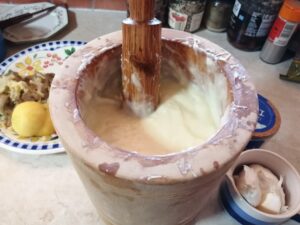
DO YOU LOVE SKORDALIA? GO HERE TO GET MY RECIPE!
As I mentioned earlier, the fish used for this day traditionally is salt-cured cod. Housewives leave it in water overnight to remove the super-salty flavor.
Using salt-cured fish, in case you’re wondering, is a custom that began out of sheer necessity. When the Greeks started to commemorate the Annunciation of Virgin Mary by eating fish back in the 15th century, people had no fridges in their homes, plus, it was imperative for merchants to be able to distribute fish everywhere around Greece, even in areas far away from the sea, in the depths of the mainland, without the fish spoiling. That is what led them to sell this kind of fish instead, which is cheap and can be stored for long periods, too.
So… years, decades, and centuries later, the Greeks continue their tradition of going for salt-cured cod, even though they now have access to superstores, large fish markets, and freezers in their homes. Crazy, huh? But that’s the power of tradition, I guess!

Thinking of new meals to try during the fasting period that extends all the way to Orthodox Easter, I came up with a vegetarian version of Pastichio last week! What started in my head out of the blue wound up steaming on my plate one cold winter’s night, really hitting the spot! It even satisfied my meat-loving hubbie and that’s a feat in itself haha
As you may know, Pastichio (that is essentially an Italian meal adopted by the Greeks yonks ago) is traditionally made with minced meat. This version is just as yummy, cheesy and creamy – a wonderful alternative.
Curious to see what’s in the pasta mix?
GET THE RECIPE!
YOU KNOW WHAT THEY SAY… SHARING IS CARING! Tweet this to spread some love:
Interested in travel, food and books from Greece? Here's a blog you will love! #greek #blogger #Greece Share on X
3 FREE books for you! Sign up below to receive them instantly!
NEW! Clean Christmas romance. Single mother Cathy Roussos gave up on love long ago, and veterinarian Alex Rallis doesn’t believe in it, but one magical Christmas on a Santorini farm might just change everything…
Check it out on Amazon Read a FREE sample!
A clean romantic suspense short read with an unreliable narrator that’ll keep you guessing! Vera is losing her mind over famous actor Yannnis Ksenos, except, she isn’t just a fan… Now, she plucks up the courage to ring his doorbell… Visit Amazon



